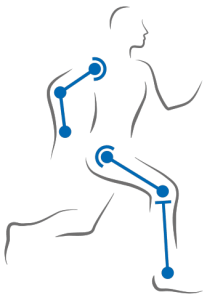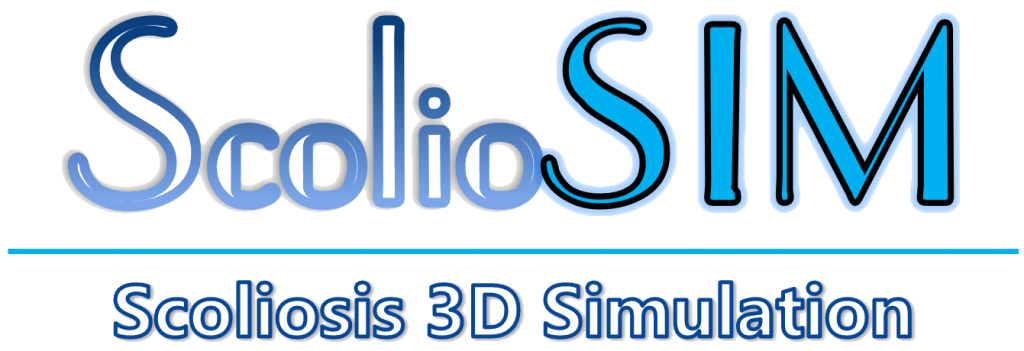Resources
About Scoliosis
Scoliosis is a highly complex 3D musculoskeletal disorder (MSD) of the spine that greatly affects the patient’s health and quality of life, including functional limitations with secondary complications such as respiratory and circulatory dysfunction, pain, as well as cosmetic changes. Scoliosis affects 0.47–5.20% of the global population, and almost 80-90% of the cases develop for an unknown reason (idiopathic), with an alarming estimated prevalence of 36 million new patients worldwide by 2050 according to the World Health Organisation. Adolescent idiopathic scoliosis (AIS) is defined as a deformation of the spinal curvature by an angle of more than 10º, measured traditionally on standing radiographs, using the Cobb technique. To-date, the so-called Cobb angle (CA) is considered to be the key parameter in AIS diagnosis and acts as a guide for treatment, but describes only a 2D curvature of the 3D deformity in the frontal and/or sagittal plane from 2D X-ray images. Such a limited description, however, is known to be associated with considerable intra- and inter-observer variability and errors.
The main drawback of traditional radiographic (RAD) methods in AIS assessment is their harmful effect on what is an often young, and hence extremely vulnerable population, especially due to multiple radiation exposures while monitoring progression of the disease. As a result, patients are cumulatively exposed to a substantial amount of ionizing radiation, and each exposure increases the risk for malignancy development later in life. However, it is mandatory for patients with AIS to be examined every 3–6 months to monitor the curvature’s progression and effectiveness of their treatment. Although new low-dose solutions have significantly reduced radiation intensity (e.g. EOS Imaging), there is still an increased cumulative risk for patients. Extensive research in 5573 female breast cancer patients showed that 69% had exposure to ionizing techniques for spinal diagnosis during adolescence. The clinical goal and priority are therefore to avoid or reduce application of those methods in AIS monitoring with a clear preference for non-invasive techniques based on visual examination of the patient’s trunk and external deformity measures.
- Scoliosis research society
- SOSORT
Policies
Cobb Angle
Scoliosis is a 3D musculoskeletal disorder of the spine that affects the quality of life and physical ability of patients. Almost 80% of all cases comprise of adolescent idiopathic scoliosis (AIS) with an estimated prevalence of 36 million new patients worldwide by 2050. The drawback of current diagnostic methods in AIS assessment is their harmful effect, especially due to the multiple radiographic exposures required for monitoring disease progression.
Scoliosis & Spine Societies
– Scoliosis Research Society (SRS) – https://www.srs.org/
– British Scoliosis Society (BSS) – http://www.britscoliosissoc.org.uk/
– Scoliosis Association UK (SAUK) – https://www.sauk.org.uk/
– The International Society for the Advancement of Spine Surgery (ISASS) – https://www.isass.org/
– Society On Scoliosis Orthopaedic and Rehabilitation Treatment (SOSORT) – https://sosort2020.com/
– Canadian Spine Society (CSS) – http://spinecanada.ca/
Hosts:



Funding:

Partners:

ScolioSIM
Swiss Swiss Federal Institute of Technology – ETH Zurich
Institute for Biomechanics – IfB
Leopold-Ruzicka-Weg, 8049 Zürich, Switzerland
scoliosim@scukovic.com

This project has received funding from the European Union’s Horizon 2020 research and innovation program under the Marie Sklodowska – Curie grant agreement No. 892729.
The information on this website does not reflect the opinion of the European Union. The European Commission is not responsible for any use that may be made of the information contained herein.

